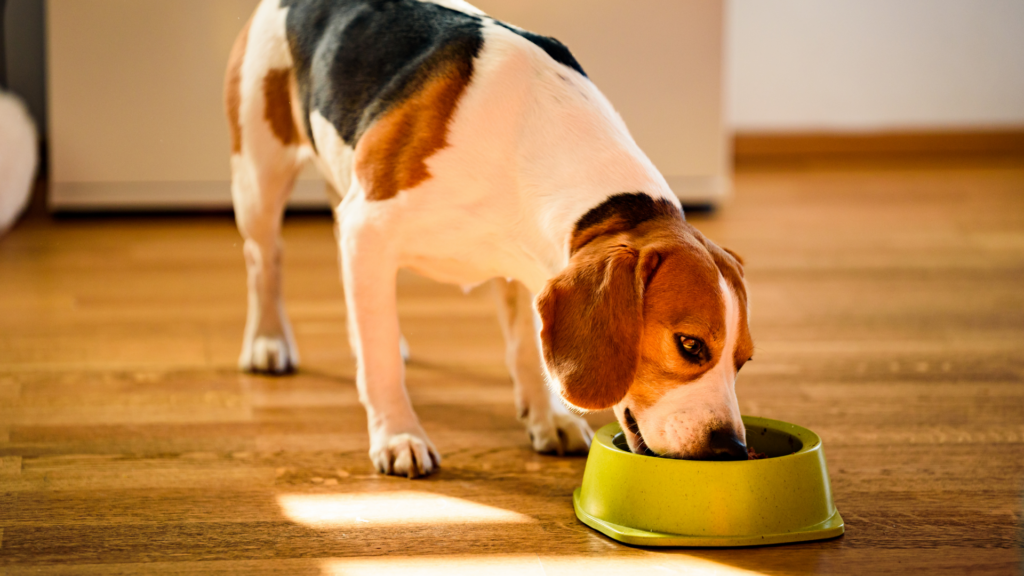If you’ve ever tried watching your weight or what you eat, chances are you’ve tracked your calories. You may even know roughly how many calories are in your favorite snacks and meals. But what about your dog?
Just like humans, dogs require a specific amount of calories from their diet each day for energy and nutritional health. Thankfully, pet food brands take care of the counting for you by breaking down the amount of food to feed your pet per day based on their weight. However, if your dog needs to lose some weight, or if you’re making their food at home, you’ll need to take their caloric needs into account.
To know exactly how many calories your dog needs each day, we’ve put together some information to help you ensure your pup gets the adequate nutrition and calories to function at their very best.
What are Calories, and How Many Does My Dog Need?
In their simplest form, a calorie is a unit of energy that takes the form of a fat, protein, carbohydrate or sugar, and gives humans and animals the energy they need to function.
When it comes to dogs, calories provide much-needed energy, and are measured in what veterinarians call MER, or the “maintenance energy requirement.” Your dog’s MER takes their weight and exercise habits into account to get a basic representation of the total amount of calories they need in order to function each day.
While the basic caloric requirements for dogs ranges by weight and overall activity, a basic equation to determine it is:
Calorie (kcal) needs = 1.6 [70 x (weight in pounds ÷ 2.2)0.75]
So, if you have a 20 pound dog, the mathematical formula to determine their caloric requirements would be 763 calories per day:
763 = 1.6 [70 x (20 ÷ 2.2)0.75]
If math isn’t your area of expertise (don’t worry, it’s not ours either!), the WSAVA Global Nutrition Committee put together this helpful table for a generaal rough estimate of a dog’s basic caloric intake needs per day. Keep in mind that this doesn’t account for their daily activity and exercise, or other health needs:
Photo Credit: WSAVA Global Nutrition Committee
It’s also worth noting that if you’re planning an extra afternoon hike or activity that extends past your dog’s usual exercise, plan to give them a bit more food to make up for the caloric deficit they’ll experience from the additional energy burned from their workout.
How Many Calories are in My Dog’s Food?
Once you’ve figured out your dog’s baseline MER (aka, daily caloric requirements), you can determine how much food they’ll need each day. While it varies by brand, the average 1-cup serving of dry kibble has anywhere between 325 and 600 calories.
Just like diet foods for humans, certain pet food is manufactured based on a dog’s health and weight needs. So if your dog is prone to weight gain, it may be worth switching to a weight management kibble vs a brand designed for leaner, more active dogs, which is higher in fat and calories.
… and don’t forget about treats!
Be mindful of the additional table scraps and treats you give your dog, especially if you’re trying to help them keep their weight down. Just like snacking adds up for humans, the amount of treats you feed your dog each day adds on additional calories. A milkbone, for example, has about 40 calories. So if you’re treating your dog to two or more treats per day, you could be putting them in caloric overload, which leads to unwanted weight gain.
Remember, before making any major changes to your dog’s diet, it’s always best to consult with your veterinarian to ensure you do so in the safest, healthiest way possible. Your dog – and their health – will thank you!


